Have you ever felt the weight of writer’s block pressing down on you, clouding your thoughts and tangling your words? You’re not alone. Many writers experience this challenge, but the key to breaking free may already be within your grasp. Let’s explore three ways to read as a writer that can help overcome Writer’s block:
- The Good, The Bad, The Ugly
Embrace a broad spectrum of literature. Study the books you adore and those you do not enjoy. Reflect on your reaction. Was it the style, the characters, or the plot stirring your emotions? Understanding these nuances can sharpen your writing tools. For example, when reading Pride and Prejudice by Jane Austen, you might find yourself captivated by the wit and depth of character development. Conversely, you might struggle through a less engaging book, but even that experience offers valuable insights. What made it less appealing? Was it the pacing, the predictability of the plot, or perhaps the lack of relatable characters? Good or bad, each book becomes a classroom, teaching what resonates with readers and what falls flat.
- Keep a Pen and a Sharp Mind
Grab a notebook if you’re reluctant to write in the margins of your books. Document phrases that resonate with you pinpoint story twists or identify the moments your interest waned. Making notes on the characters, especially the main character, can offer insights into solid character development. Take The Great Gatsby by F. Scott Fitzgerald. Jotting down notes on Gatsby’s enigmatic nature or Daisy’s conflicted emotions can illuminate how Fitzgerald builds complex, unforgettable characters. This method allows you to engage actively with the text, transforming passive reading into a dynamic, insightful exercise. Over time, these notes become a treasure trove of writing techniques and character archetypes.
- Color Codes
Arm yourself with colored highlighters and dissect a novel. Assign each color a theme—plot, character, dialogue. This method will reveal the intricate ways authors construct their narratives, providing you with a visual blueprint for writing. Imagine breaking down To Kill a Mockingbird by Harper Lee with this approach. Highlighting Scout’s narrative in one color, Atticus’s moral lessons in another, and the unfolding plot in yet another, you begin to see how these elements weave together to create a powerful story. This visual dissection can uncover patterns and structures that aren’t immediately apparent, giving you a clearer understanding of narrative craftsmanship.
Each book you read holds a lesson, a secret that can aid in honing your craft. As you explore these methods, you’ll find inspiration and develop a toolkit to navigate and dismantle writer’s block. The sensory richness of your environment while reading—whether it’s the quiet hum of a coffee shop or the serene ambiance of a library—can also influence your engagement with the text. Authentic interactions with other readers, sharing insights, and discussing different interpretations further enrich your understanding.
Moreover, the underlying emotional currents that flow through your reading experience, the subtle humor in a character’s dialogue, or the irony in a plot twist add layers to your comprehension and, ultimately, your writing. Balancing description with action and reflection with momentum, much like a well-paced narrative, invites deeper engagement with the events and their implications.
In conclusion, reading as a writer is not just about enjoying a good story. It’s about dissecting the elements that make it compelling, understanding the techniques that elicit emotions, and using those insights to enhance your writing. By embracing a diverse range of literature, keeping detailed notes, and employing color-coded analysis, you arm yourself with the tools needed to break through Writer’s block and elevate your craft. As you delve into these practices, remember that each book is a stepping stone, guiding you toward becoming a more skilled and insightful writer.
Evan Swensen
8370 Eleusis Drive
Anchorage, Alaska 99502
(907) 349-2424
evan@publicationconsultants.com
We Don’t Want to Write the Laws; We Want to Publish the Books
We Believe in the Power of Authors Short Video: https://bit.ly/45z6mvf
Writers Reshape the World Short Video: https://bit.ly/47glKOg
Bringing Your Book to Market Booklet: https://bit.ly/2ymDVXx
Bringing Your Book to Market Short Video: https://bit.ly/3Q3g2JD



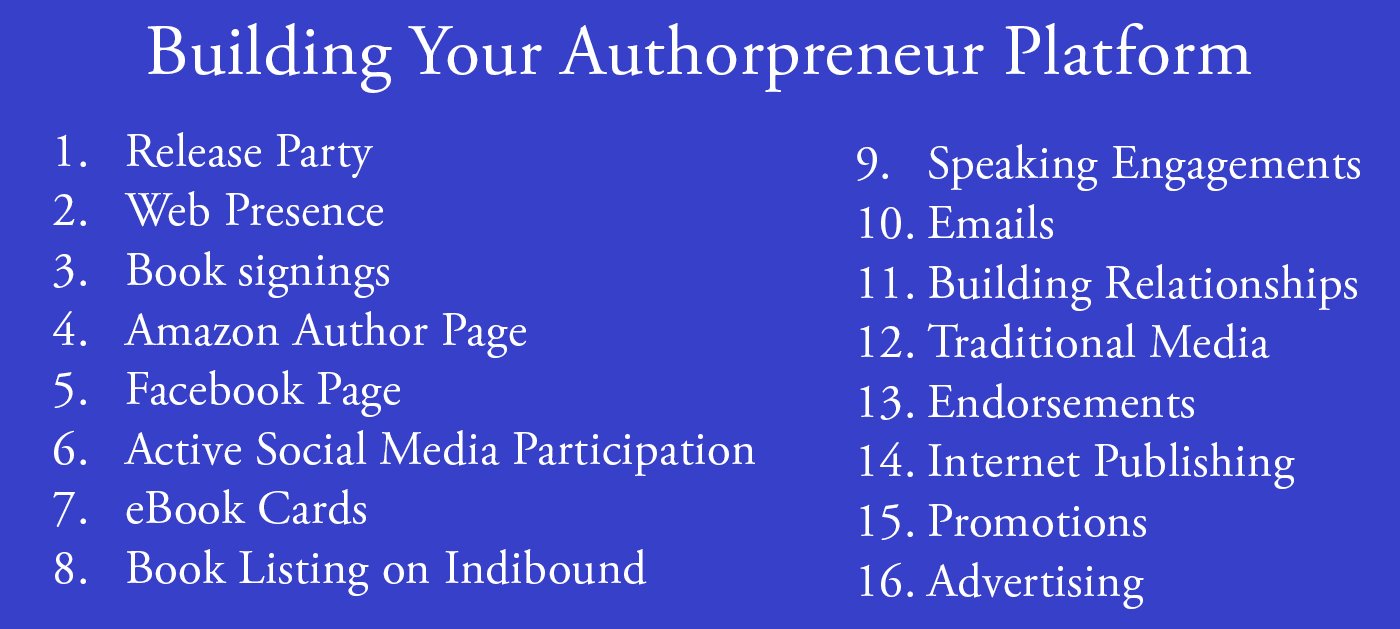
 This is Publication Consultants’ motivation for constantly striving to assist authors sell and market their books. Author Campaign Method (ACM) of sales and marketing is Publication Consultants’ plan to accomplish this so that our authors’ books have a reasonable opportunity for success. We know the difference between motion and direction. ACM is direction! ACM is the process for authorpreneurs who are serious about bringing their books to market. ACM is a boon for them.
This is Publication Consultants’ motivation for constantly striving to assist authors sell and market their books. Author Campaign Method (ACM) of sales and marketing is Publication Consultants’ plan to accomplish this so that our authors’ books have a reasonable opportunity for success. We know the difference between motion and direction. ACM is direction! ACM is the process for authorpreneurs who are serious about bringing their books to market. ACM is a boon for them. Release Party
Release Party Web Presence
Web Presence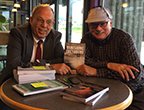 Book Signings
Book Signings Facebook Profile and Facebook Page
Facebook Profile and Facebook Page Active Social Media Participation
Active Social Media Participation Ebook Cards
Ebook Cards The Great Alaska Book Fair: October 8, 2016
The Great Alaska Book Fair: October 8, 2016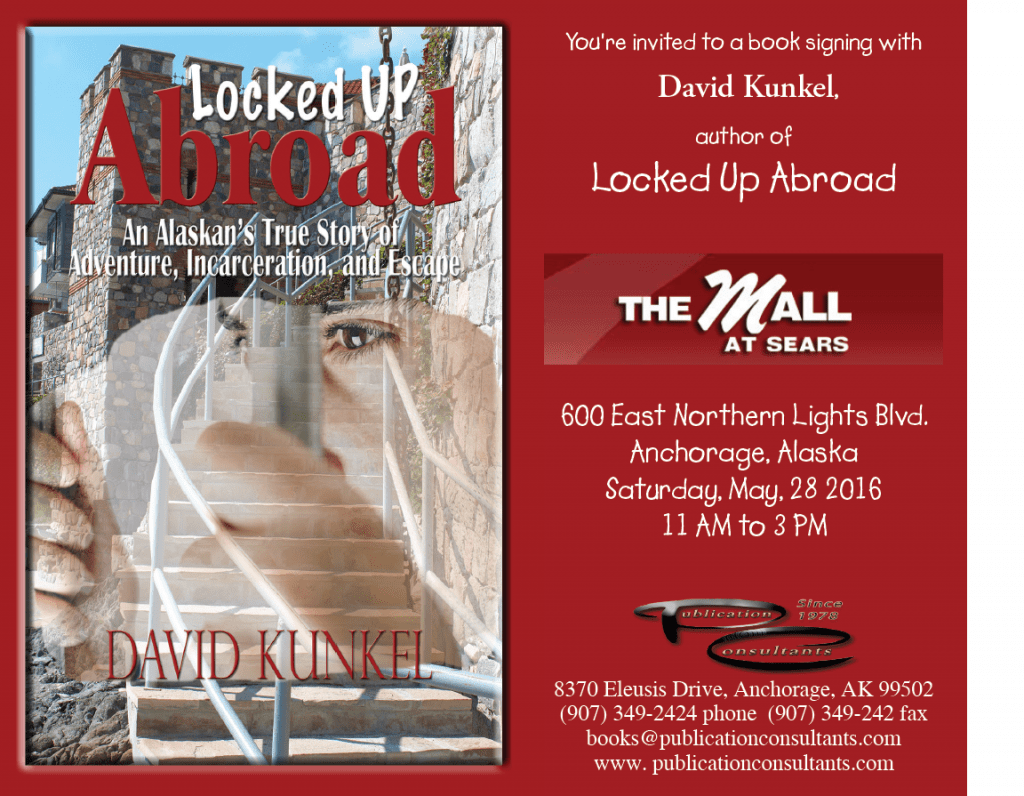


 Costco Book Signings
Costco Book Signings eBook Cards
eBook Cards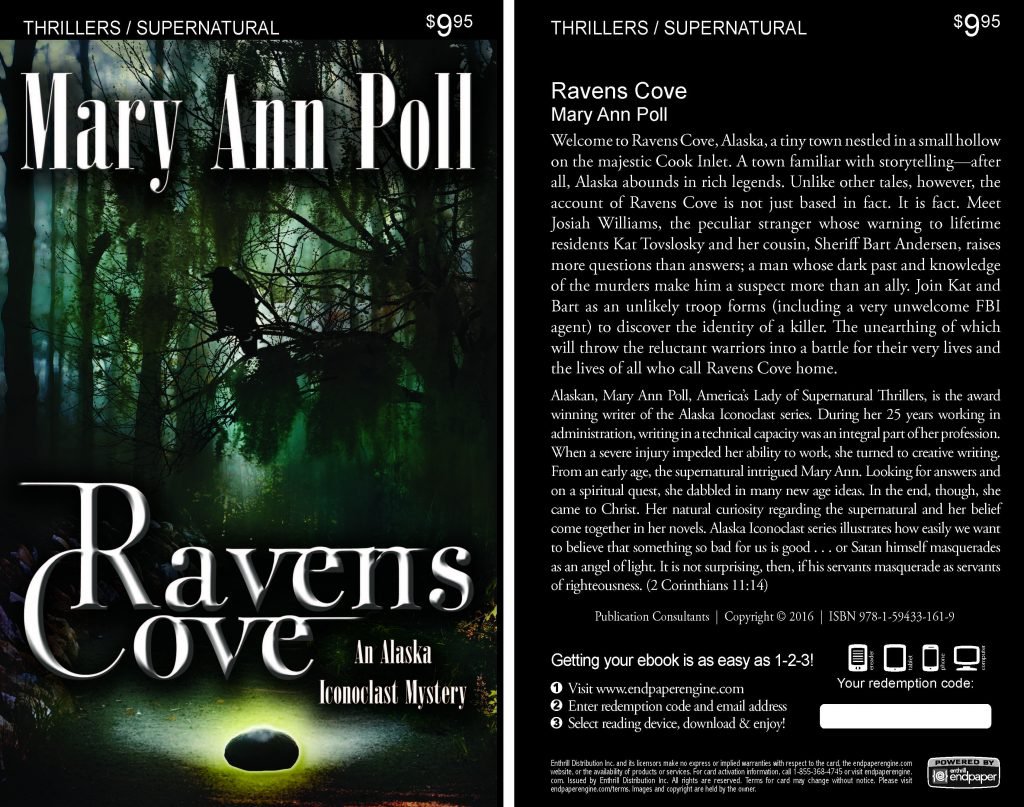

 Benjamin Franklin Award
Benjamin Franklin Award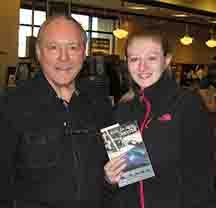 Jim Misko Book Signing at Barnes and Noble
Jim Misko Book Signing at Barnes and Noble
 Cortex is for serious authors and will probably not be of interest to hobbyists. We recorded our Cortex training and information meeting. If you’re a serious author, and did not attend the meeting, and would like to review the training information, kindly let us know. Authors are required to have a Facebook author page to use Cortex.
Cortex is for serious authors and will probably not be of interest to hobbyists. We recorded our Cortex training and information meeting. If you’re a serious author, and did not attend the meeting, and would like to review the training information, kindly let us know. Authors are required to have a Facebook author page to use Cortex. Correction:
Correction: This is Publication Consultants’ motivation for constantly striving to assist authors sell and market their books. ACM is Publication Consultants’ plan to accomplish this so that our authors’ books have a reasonable opportunity for success. We know the difference between motion and direction. ACM is direction! ACM is the process for authors who are serious about bringing their books to market. ACM is a boon for serious authors, but a burden for hobbyist. We don’t recommend ACM for hobbyists.
This is Publication Consultants’ motivation for constantly striving to assist authors sell and market their books. ACM is Publication Consultants’ plan to accomplish this so that our authors’ books have a reasonable opportunity for success. We know the difference between motion and direction. ACM is direction! ACM is the process for authors who are serious about bringing their books to market. ACM is a boon for serious authors, but a burden for hobbyist. We don’t recommend ACM for hobbyists.

 We’re the only publisher we know of that provides authors with book signing opportunities. Book signing are appropriate for hobbyist and essential for serious authors. To schedule a book signing kindly go to our website, <
We’re the only publisher we know of that provides authors with book signing opportunities. Book signing are appropriate for hobbyist and essential for serious authors. To schedule a book signing kindly go to our website, < We hear authors complain about all the personal stuff on Facebook. Most of these complaints are because the author doesn’t understand the difference difference between a Facebook profile and a Facebook page. Simply put, a profile is for personal things for friends and family; a page is for business. If your book is just a hobby, then it’s fine to have only a Facebook profile and make your posts for friends and family; however, if you’re serious about your writing, and it’s a business with you, or you want it to be business, then you need a Facebook page as an author. It’s simple to tell if it’s a page or a profile. A profile shows how many friends and a page shows how many likes. Here’s a link <> to a straight forward description on how to set up your author Facebook page.
We hear authors complain about all the personal stuff on Facebook. Most of these complaints are because the author doesn’t understand the difference difference between a Facebook profile and a Facebook page. Simply put, a profile is for personal things for friends and family; a page is for business. If your book is just a hobby, then it’s fine to have only a Facebook profile and make your posts for friends and family; however, if you’re serious about your writing, and it’s a business with you, or you want it to be business, then you need a Facebook page as an author. It’s simple to tell if it’s a page or a profile. A profile shows how many friends and a page shows how many likes. Here’s a link <> to a straight forward description on how to set up your author Facebook page.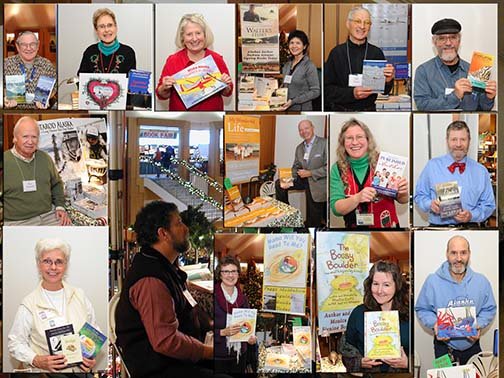



 Mosquito Books has a new location in the Anchorage international airport and is available for signings with 21 days notice. Jim Misko had a signing there yesterday. His signing report included these words, “Had the best day ever at the airport . . ..”
Mosquito Books has a new location in the Anchorage international airport and is available for signings with 21 days notice. Jim Misko had a signing there yesterday. His signing report included these words, “Had the best day ever at the airport . . ..”


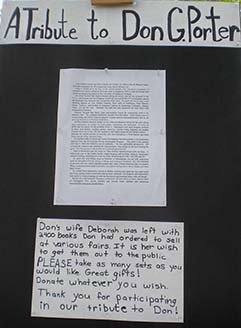
 The Lyin Kings: The Wannabe World Leaders
The Lyin Kings: The Wannabe World Leaders
 Time and Tide
Time and Tide


 ReadAlaska 2014
ReadAlaska 2014 Readerlink and Book Signings
Readerlink and Book Signings
 2014 Independent Publisher Book Awards Results
2014 Independent Publisher Book Awards Results

 Bonnye Matthews Radio Interview
Bonnye Matthews Radio Interview
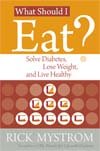 Rick Mystrom Radio Interview
Rick Mystrom Radio Interview When he published those overseas blogs as the book The Innocents Abroad, it would become a hit. But you couldn’t find it in bookstores.
When he published those overseas blogs as the book The Innocents Abroad, it would become a hit. But you couldn’t find it in bookstores. More NetGalley
More NetGalley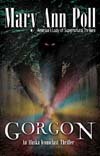 Mary Ann Poll
Mary Ann Poll
 Bumppo
Bumppo
 Computer Spell Checkers
Computer Spell Checkers Seven Things I Learned From a Foreign Email
Seven Things I Learned From a Foreign Email 2014 Spirit of Youth Awards
2014 Spirit of Youth Awards Book Signings
Book Signings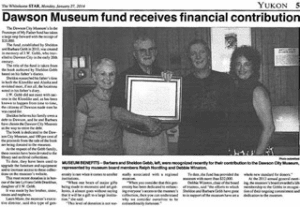

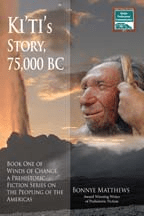
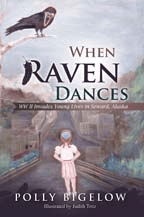 Blog Talk Radio
Blog Talk Radio Publication Consultants Blog
Publication Consultants Blog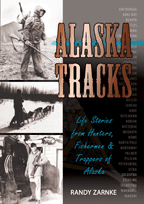 Book Signings
Book Signings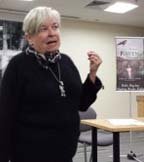
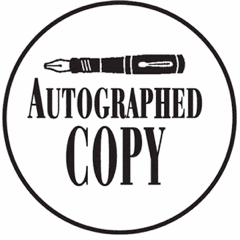
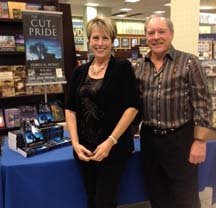

 Don and Lanna Langdok
Don and Lanna Langdok Ron Walden
Ron Walden Book Signings Are Fun
Book Signings Are Fun Release Party Video
Release Party Video
 Erin’s book,
Erin’s book,  Heather’s book,
Heather’s book,  New Books
New Books